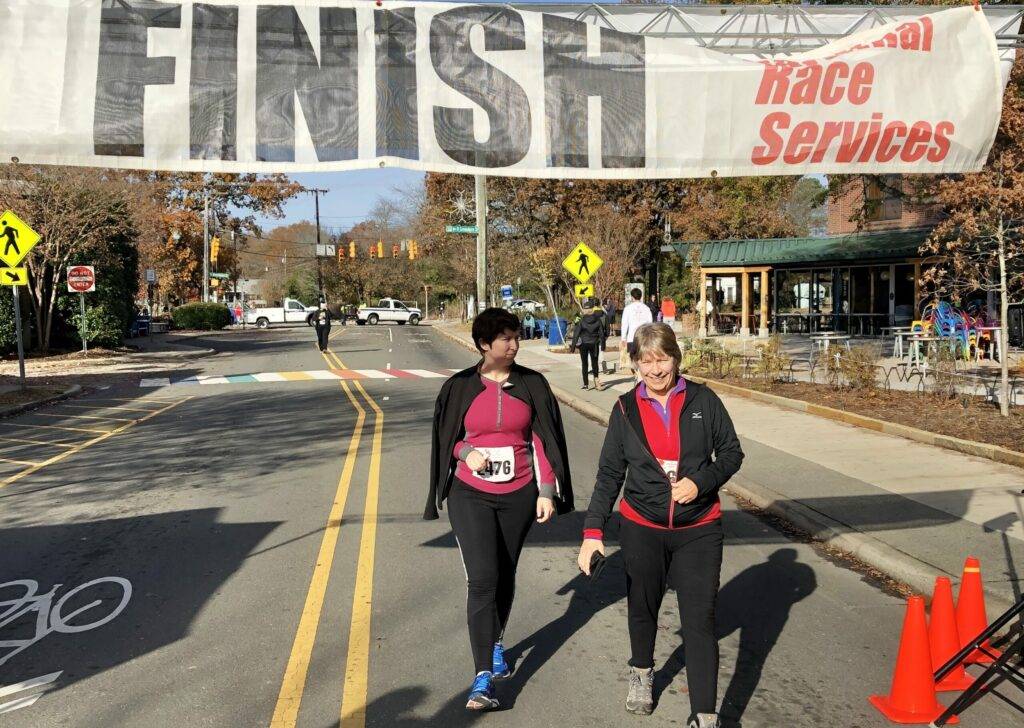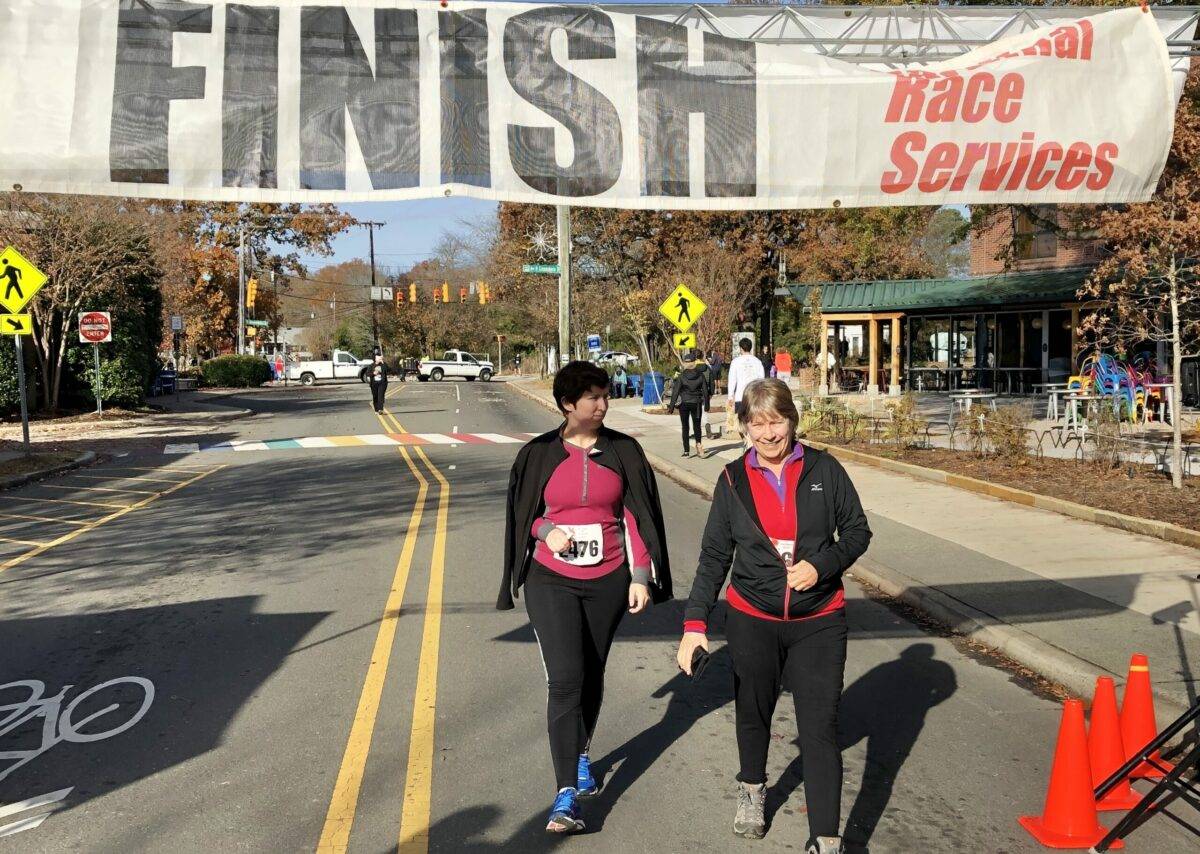
For too many years, the Chapel Hill Town Council has had trouble coming to agreement on what they want our future to look like. During campaign season, everyone seems to agree, even if our election contests are heated. We want to protect the environment, build affordable housing, and support great parks, libraries, and social services.
But making our shared priorities into actual policy is tough work. Our land use rules, last significantly revised in 2002, are so outdated that almost every new building requires an exemption from town council. Because the council hasn’t been able to agree on a path forward, large out-of-state homebuilders carve out routes for themselves, creating a lot of dead-end roads in the process.
This started to change about two years ago. After years of delay, the town finally embarked on rewriting its land use rules. Around the same time, the town and UNC worked together on a housing study to figure out what kinds of housing our community needs. The town brought in a terrific consultant, Jennifer Keesmaat, who helped bring together eight of the nine council members in support of a strategy to build a “complete community” connected by greenways and bus lines and featuring housing of all sizes for people at all income levels.
And then, with the passage of the complete community framework last December, the council has started to put the vision into action. Earlier this year, the council passed a transit-oriented development plan, which will increase the likelihood we’ll get funding for a bus rapid transit (BRT) line that will make it significantly easier to get through town any time of day. In June, our town was awarded a million-dollar federal planning grant to start the process of adding almost thirty miles of greenways throughout town.
Instead of debating the size of windows and the location of parking spaces, the council is starting to embrace the idea that they need to focus on the big picture and empower our incredible planning staff to figure out the small details. Instead of spending hours talking about the appropriate number of bike parking spots for a bank, or the most feasible stormwater solution for an apartment complex, our advisory boards can advise on policy changes that will apply to every project going forward. There’s a better way to run Chapel Hill, and the council is finally starting to take the steps to get us on the right path.
While no analogy is perfect, I think about the Chapel Hill Town Council actions over the past two years as the early stages of a long-distance race. In high school, I ran cross country. Our races were five kilometers, or 3.1 miles.
Most of our meets were at other high schools, none of them big enough or wealthy enough to build a five kilometer course. Instead, we typically ran loops, repeating the first mile-odd section twice before breaking away to the track or the football field for the final thousand meters, and the finish line. Running in the woods is hard work. There’s no one to cheer you on, the hills can be steep, and the trails are uneven. It’s easy to get discouraged, tempting to just give up and walk when no one is looking. But once you make it to the final half-mile, all the work becomes worth it. People fan the sidelines to cheer you on, and the final minutes go by in an instant, more than making up for your earlier struggles.
But in Chapel Hill, we’ve been caught in a loop for a long, long time. A group of council members comes in and makes a few changes to make it easier to build housing in some parts of town. Maybe they try to embark on a new vision for the town, one that actually seeks to solve our longstanding problems. Then there’s a political backlash, largely led by those who have the least to lose and the most to gain from the status quo. Council members who are hostile to progress take office. They block some projects and just delay others. Not much actually changes, because even if Chapel Hill prevents housing from being built, we’re surrounded by counties that welcome growth. The jobs are here, so we get all the car traffic but not much else.
Eventually people become dissatisfied with our lack of progress and vote in council members who run on change. Then the loop starts over, and around and around we go.
What’s different this time? Our current council includes people from different political factions, including three people who were endorsed by CHALT in 2019, who nevertheless were able to work through their differences, and commit to not just starting, but completing the course to make the town of Chapel Hill a better place. We can preserve green space, add housing, build great parks and greenways, and do everything all the candidates say they want to do. But it requires the will to complete the planning processes we started.
Right now, we can see the finish line. We are scheduled to rewrite our zoning rules in the next year. We will soon learn whether we’re likely to get funding for the BRT. We will start working on our ambitious everywhere-to-everywhere greenway plan in the coming year. We just passed an ambitious affordable housing plan that, if carried out, will help us live up to our values.
Will the new council stay on course, and finish the work the current council has started? Or will a new council come in, discard all the plans we’ve made, and try to start over? Adam Searing and his team are promising the latter. They think they know all the answers, that the current council is doing nothing right, and that only their plans deserve consideration. This has happened before, and the results weren’t very good.
This election matters because it gives our town a chance to move forward for once. Instead of just running the same race we’ve been in for fifty years, we can actually finish. And win.
Make your 2023 municipal election voting plan
Beginning with the 2023 municipal elections, North Carolina voters will be required to show photo ID when they check in to vote. Voters who vote by mail will be asked to include a photocopy of an acceptable ID when returning their ballot by mail.
Check your voter registration now. You can look it up here. This is really important particularly if you’ve moved in the past year.
Make a plan to vote during early voting. This ensures that if there’s a problem, you can sort it out. Early voting runs from October 19-November 4. Here is the complete schedule of voting sites, dates, and times for Orange County.
Read about the new voter ID requirements. Every vote counts in North Carolina, and this information must be shared early and often. If you know of people who have just moved here, or students, or new neighbors, please let them know about registering and the voter ID requirements.

